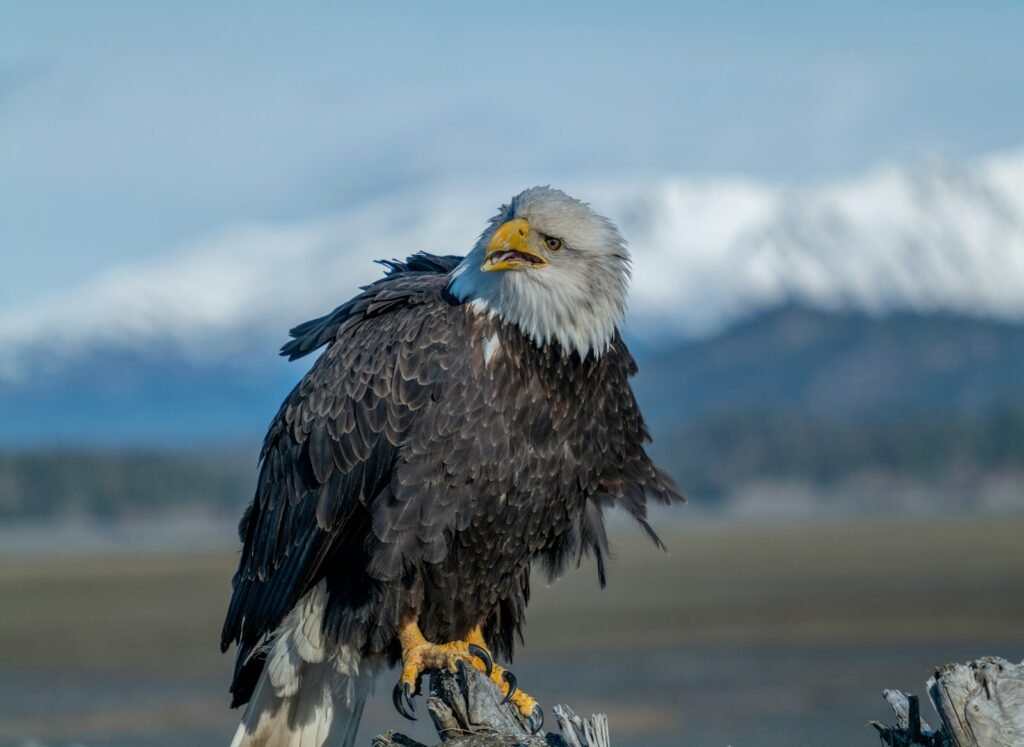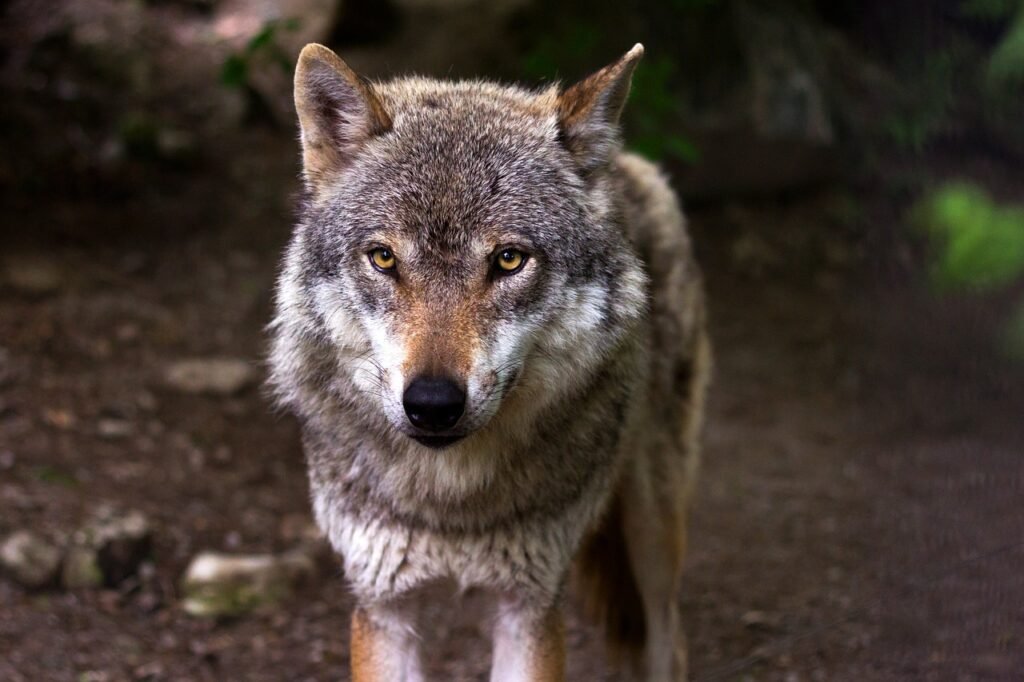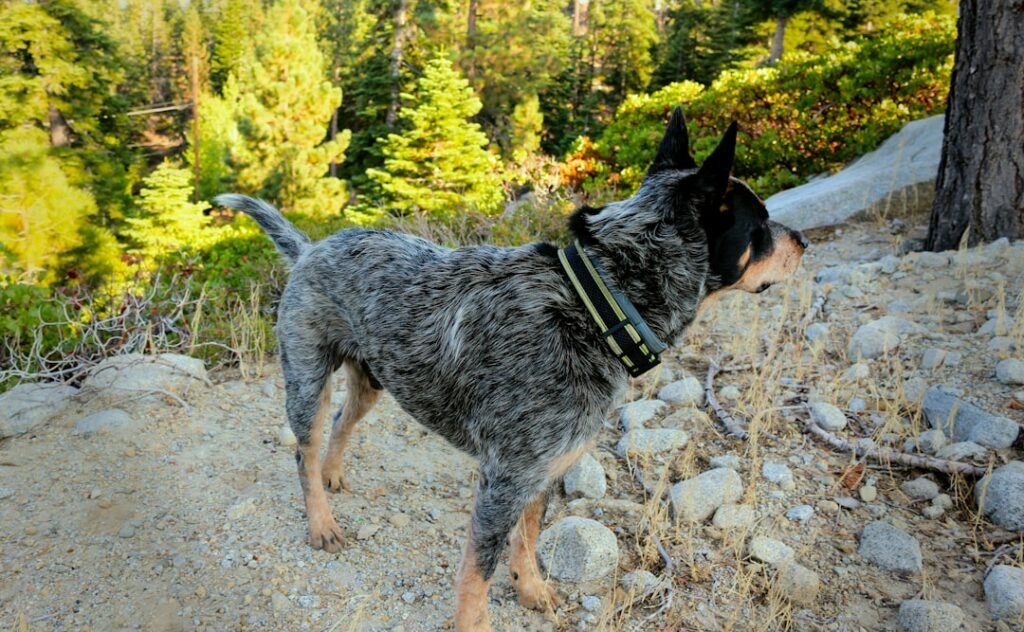High above Montana’s big-sky prairies, golden eagles are tracing older, wilder flight paths – and the comeback isn’t an accident. For years, these raptors battled a gauntlet of threats, from dwindling prey to hidden toxins and risky power lines. Now an unexpected alliance of ranchers, biologists, and tribal land stewards is stitching habitats back together and returning young birds to safe skies. The result is cautiously encouraging news: some territories once quiet are showing renewed activity with courtship flights and the ragged whistles of hungry chicks. It’s not a fairy tale recovery, but the arc has bent toward resilience in a way that feels both hard-won and deeply hopeful.
The Hidden Clues

You can see the change in the small things first: fresh spruce twigs on old nest bowls, new whitewash beneath cliff ledges, and pairs circling above valleys that went quiet after hard winters. Field teams tracking satellite-tagged juveniles are noticing cleaner migration lines and longer stopovers on restored grasslands. I remember hiking a rimrock near the Musselshell after a spring squall and finding a stashed hare, a sign that a territory with a spotty past was feeding well again.
These aren’t miracles; they are signals of an ecosystem remembering how to function. When carrion is available, prey populations rebound, and human-made hazards are dialed down, eagles respond with steady, measurable behavior changes. That subtle pattern – territories occupied more regularly, pairs holding longer, young surviving their first winter – adds up to momentum.
From Ancient Tools to Modern Science

Raptor conservation has always balanced craft and technology, and Montana’s effort is no different. Biologists still use time-tested methods like hacking – raising young birds at a safe site and releasing them once they imprint on the landscape – alongside cross-fostering, where an extra chick from a robust nest is moved to a territory that needs a nudge. Those techniques, once crucial for peregrines, translate surprisingly well to golden eagles when used sparingly and ethically.
The modern edge is the data stream: GPS tags powered by tiny solar panels, thermal drones that quietly verify nestlings, and machine-learning models that flag risk zones around power infrastructure. Together, the old and the new give managers a feedback loop fast enough to pivot before a problem becomes a loss. It’s restoration guided by evidence, not wishful thinking.
Rewilding the Prey Base

Golden eagles thrive where their menu is reliable, so rewilding here starts from the ground up. Prairie dog towns, ground squirrel colonies, and jackrabbit strongholds are keystones for hunting adults and rapidly growing nestlings. Habitat work – rotational grazing that leaves more cover, sagebrush and bunchgrass plantings, and carefully set prescribed burns – reshapes the prey map at a meaningful scale.
There’s also a winter lifeline in carrion that many folks overlook. As elk populations remain stable and small-scale bison restoration efforts expand on parts of the northern prairie, the seasonal pulse of carcasses supports eagles when live prey is scarce. It’s not glamorous, but in the coldest weeks that pulse can be the difference between a young bird making it to spring or fading in a canyon wind.
The People Behind the Wingbeat

Recovery is rarely about a single breakthrough; it’s dozens of quiet choices made by people who work the land. Ranch families phasing in non-lead ammunition see fewer scavengers showing up poisoned after hunting seasons, and many will tell you the switch was easier than they expected. Utilities retrofitting older poles, spacing wires, and adding flight diverters aren’t just checking boxes; they’re removing the grim surprises that can turn a successful fledging season into a bad statistic.
Rehabilitation centers are turning crisis calls into second chances by treating collision injuries and releasing strong birds back into familiar valleys. Tribal wildlife programs are leading with long-view stewardship, tying eagle health to cultural continuity and the integrity of grassland watersheds. That mix of local pride and shared science is the quiet engine under this story.
Why It Matters

Golden eagles sit near the top of a sprawling food web, and their fortunes reflect whether the system below them is working. When prey cycles stabilize and scavenging stays safe, eagles reproduce more consistently and defend territories across tougher winters. That stability ripples outward: fewer rodent outbreaks, cleaner carcass dynamics, and less pressure on neighboring predators that might otherwise push into conflict with people.
Traditional conservation often focused on protecting a species on paper; rewilding focuses on rebuilding the processes that keep it alive. In practice, that means linking safe migration corridors, resilient prey communities, and low-risk human infrastructure into a cohesive whole. The difference is like saving a single book versus keeping the entire library open and humming.
Global Perspectives

Montana’s approach echoes a broader shift in raptor recovery worldwide, where targeted releases are paired with big, landscape-scale fixes. In parts of Europe, translocation has strengthened regional golden eagle populations, but the lasting gains came when prey and safe nesting cliffs were secured. The lesson travels well: you can move birds, but you must also move the odds in their favor.
North America’s open-country eagles face a similar calculus as wind energy and transmission build out across the plains. Where planning bakes in avoidance mapping, seasonal curtailments, and smart siting, conflict drops and survival rises. The Montana story is thus a case study in how to thread climate solutions and wildlife recovery without pitting them against each other.
The Hidden Costs We Can Fix

Some threats sound abstract until you watch a necropsy pull the story into focus. Lead fragments from big-game carcasses can enter the food chain invisibly, and eagles that scavenge late-season gut piles are at particular risk. Switching to non-lead alternatives turns off that tap immediately, no waiting period, no costly retrofits.
Electrocution and line strikes are similar solvable problems. Retrofitting older poles, marking spans near ridge saddles, and burying short, high-risk stretches prevent fatal mistakes without cutting anyone’s lights. When quick wins stack up like this, population curves respond in ways you can feel in the field.
The Future Landscape

The next chapter hinges on scale and timing. Satellite collars are getting lighter and tougher, which means managers can model juvenile survival in near real time and steer releases toward safer weather windows. Turbine-level detection systems are improving too, making seasonal slowdowns and automated shutoffs more precise when eagles are on the wing.
But climate variability will stress the prey base with longer dry spells and snow events that arrive out of season, so flexibility matters. The smart bet is a mosaic: patches of unplowed prairie, well-managed riparian corridors, and community agreements that keep the most dangerous infrastructure out of the hottest flight paths. Keep those pieces in play, and the odds tilt toward resilience.
What You Can Do

Big recoveries are built from small, repeated actions. If you hunt, consider non-lead ammunition and pack out or scatter remains to reduce risks for scavengers late in the season. If you ranch or manage land, leave pockets of rough grass and brush, and report problem poles or line spans you see birds using – those calls lead to fixes more often than you think.
Support your local rehab and monitoring programs, because data loggers, x-rays, and field trucks don’t pay for themselves. Drive a touch slower where roadside carcasses draw raptors, especially in the shoulder seasons when young birds are still learning how to judge a headlight. The sky feels bigger when these birds are in it – why not help keep it that way?

Suhail Ahmed is a passionate digital professional and nature enthusiast with over 8 years of experience in content strategy, SEO, web development, and digital operations. Alongside his freelance journey, Suhail actively contributes to nature and wildlife platforms like Discover Wildlife, where he channels his curiosity for the planet into engaging, educational storytelling.
With a strong background in managing digital ecosystems — from ecommerce stores and WordPress websites to social media and automation — Suhail merges technical precision with creative insight. His content reflects a rare balance: SEO-friendly yet deeply human, data-informed yet emotionally resonant.
Driven by a love for discovery and storytelling, Suhail believes in using digital platforms to amplify causes that matter — especially those protecting Earth’s biodiversity and inspiring sustainable living. Whether he’s managing online projects or crafting wildlife content, his goal remains the same: to inform, inspire, and leave a positive digital footprint.




